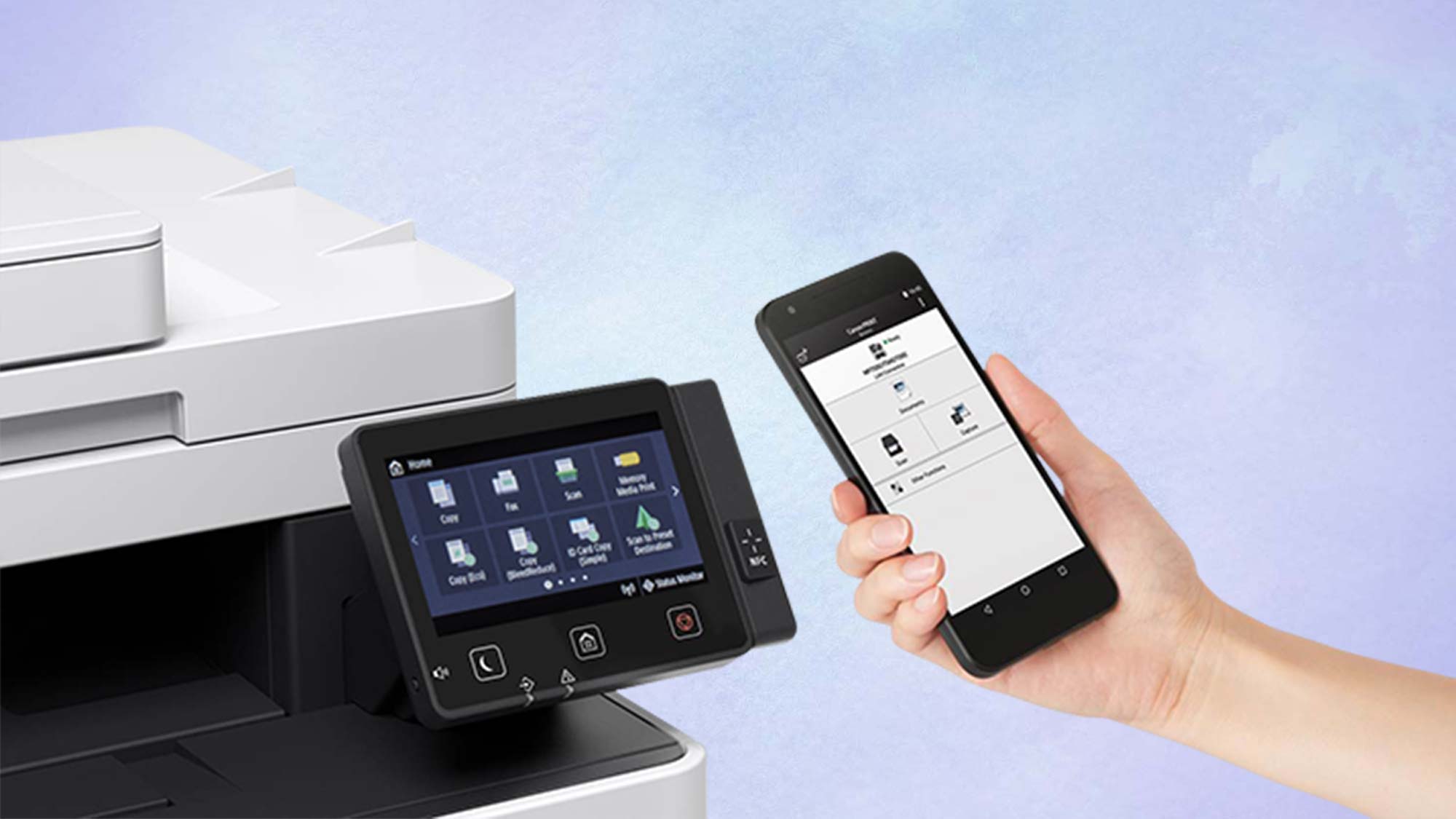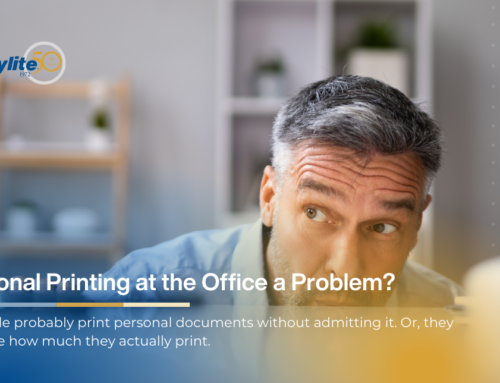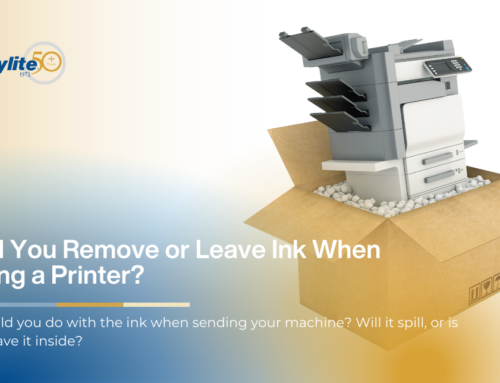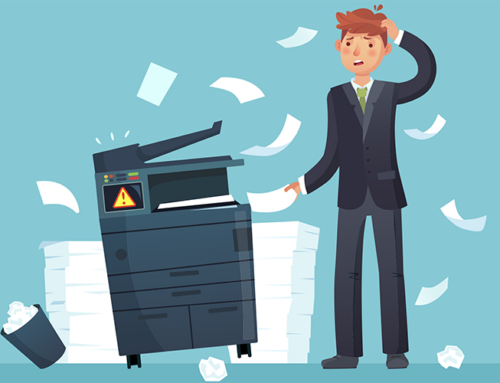Print From Phone: How Does It Work?
Gone are the days when you could only print from your computer. Today’s smartphones are so advanced that they can be linked straight to your printer, allowing you to print on the go. But how exactly does mobile printing work?
This guide to smartphone printing will tell you just that.
How to Print From Your Smartphone
Mobile printing isn’t a new concept, but thanks to various breakthroughs in smartphone technology, it’s been taken to a whole new level. You no longer need to send files to your PC before printing. Nowadays, you can print directly from your Android or iPhone through Wi-Fi.
Let’s first see how you can print from your Android device:
- Make sure the smartphone and printer are connected to the internet.
- Consult your manufacturer on how to install Google Cloud Print on your printer if it doesn’t have the software by default.
- Install a Cloud Printer or any other Cloud Print-compatible app on your phone and follow the provided instructions to pair it up with your printer.
The process is similar for iPhones:
- Be sure your printer is compatible with AirPrint. Lexmark, HP, Epson, and Brother have many eligible devices.
- Connect your iPhone to the same Wi-Fi as your printer.
- Find the file you wish to print from Mail, Photos, Safari, or any other app, and tap “Print.”
- Choose your device from the AirPrint list.
This is mobile printing at its basic. However, depending on your hardware and software, you can do much more with your smartphone and printer:
- Scanning directly from your printer to your smartphone.
- Connecting the devices via Bluetooth if no Wi-Fi connection is available.
- Memorizing your email address after the first print or scan for faster printing and scanning in the future.
Is Mobile Printing Safe?
In case you’re hesitant about mobile printing, it might be due to security concerns. For instance, what if one of your employees makes a call in the middle of the printing? It leaves potentially sensitive information in the tray and up for grabs for anyone who connects to the printer.
Thankfully, there are several ways to patch up mobile printing security weaknesses:
- Use pull printing – Pull printing is a feature that allows you to lock printers until an authorized user approves the print. Only after an authorized person green-lights the job with their credentials does the print start. Even if someone connects to the device, they won’t be able to use it.
- Insist on bring-your-own-device programs – Some printers are compatible with bring-your-own-device technology. It lets you whitelist employees’ phones, making prints accessible from those devices only. All others are blacklisted.
- Secure your printing ports – Unsecured printing ports are an avenue for hackers. Rather than leave all ports open, leave just the one you use for mobile printing, which is IPPS protocol via SSL port 443 for most modern printers.
Bonus Tip – Speed Up Your Printer With Next-Level Components
Mobile printing is relatively easy to set up, and there are many security methods to keep hackers at bay. Another way to do so, besides the listed techniques, is to ensure your printer is fast, which reduces the window for accessing your network. You can do just that with Copylite print accessories.
Install our OEM or aftermarket print parts, and your device will operate at peak efficiency. Your documents will be printed in a heartbeat and be less exposed to cybercriminals. Dive into our collection right here.






